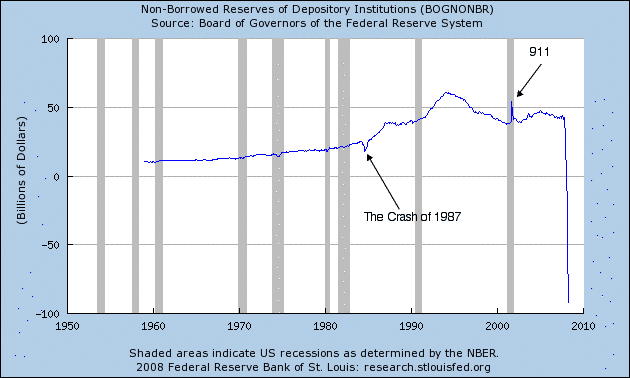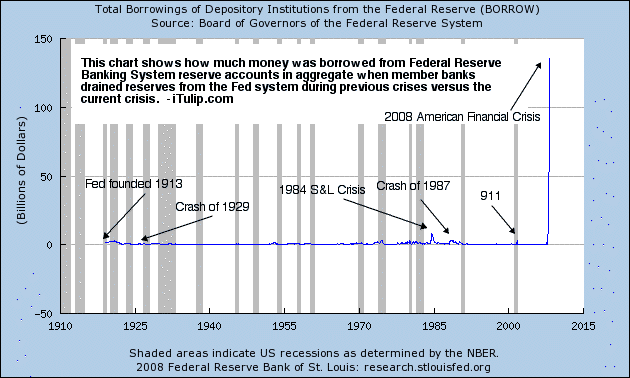Re: Shadow Government Statistics: Hyperinflation could be experienced as early as 201
Great points, truly... but Panama and South America are reachable without water barriers and one can also catch a plane or boat from those countries too.
Originally posted by c1ue
View Post
Great points, truly... but Panama and South America are reachable without water barriers and one can also catch a plane or boat from those countries too.


Comment